The umbrella term adhesives covers a wide range of artificial, but also natural, bonding materials. However, the latter are used less frequently in professional applications due to their limited adhesive performance. But even in the field of artificial adhesives, there are still significant differences and various subgroups. The most common of these are cyanoacrylates – also known colloquially as instant adhesives, 2-component adhesives, which also include epoxy resins, and silicones, which are applied in applications in wet areas.
1-component adhesives
Many adhesives fall into the category of one-component adhesives, or 1C adhesives for short. They all share the ability of not relying on any additional substances for curing, a reaction is caused by oxygen. The varietyof levels of adhesive strength is enormous, ranging from starch-polysaccharide (sugar) based adhesives with low tack to cyanoacrylate adhesives commonly referred to as instant adhesives. Whatever your project calls for, we at AMZ offer a wide range of 1-component adhesives to cover the vast majority of requirements.
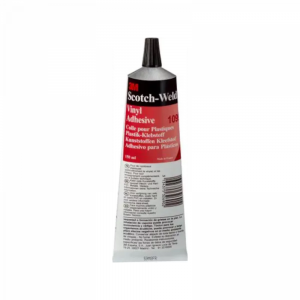
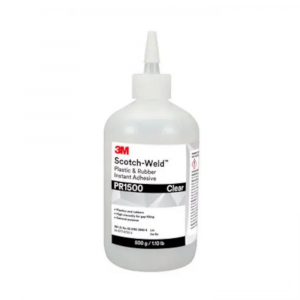
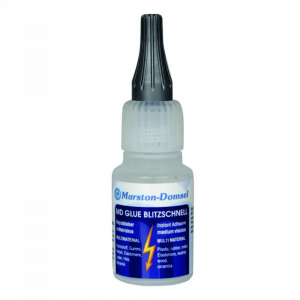
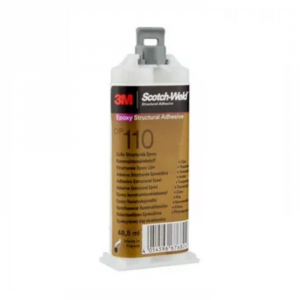
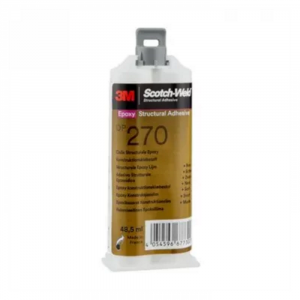
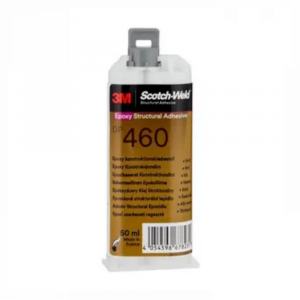
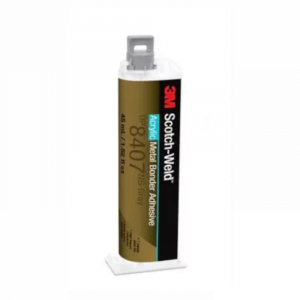
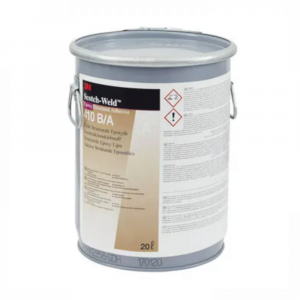
2-component adhesives
Two-component, or 2K, adhesives are often referred to simply as epoxy resins. This simplistic summary is not incorrect, since many two-component adhesives rely on epoxy resin as a base. This results in the desired degree of hardness in a predetermined time by adding different chemicals. This is precisely where the great strength of these adhesives lies: taking into account the processing specifications, a clear workflow can be formulated with a consistent result. If you are looking for reliable, consistent bonding or extreme hold without welding or screwing, a 2K adhesive is most likely the right choice for your project.
Sealants
Sealants are often not perceived as adhesives, since their eponymous property is usually decisive for their use: sealing! The most common form of sealants is silicone. A very classic example of one of these silicone-based sealants is Otto-Chemie Ottoseal S100. This universally applicable sealant is usually supplied in a cartridge, which is used for individual and precise application with the aid of a dosing tip and an appropriate applicator. But there are also silicone-free alternatives, such as polyurethane-based products, which are used when silicone cannot or should not be used. If you are also looking for the right sealant for your application, it is worth taking a look at our product range, as we at AMZ carry a constantly growing selection of sealants for a wide variety of applications.
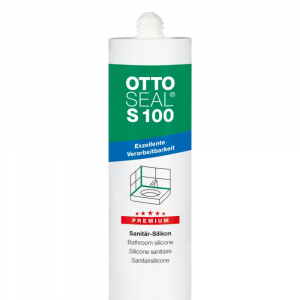
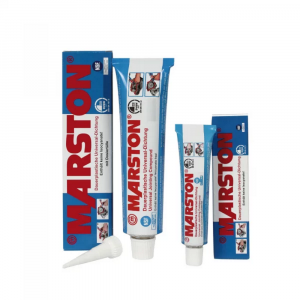
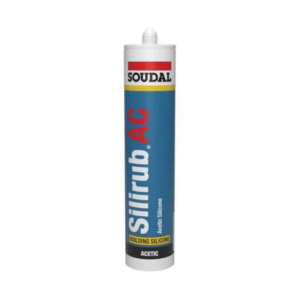
Regardless of whether you are looking for one-component adhesives, two-component adhesives or sealants, or whether you want to get an overview of our adhesive range – it is always worth taking a look at our selection. Click the button now and discover the AMZ adhesive range:
